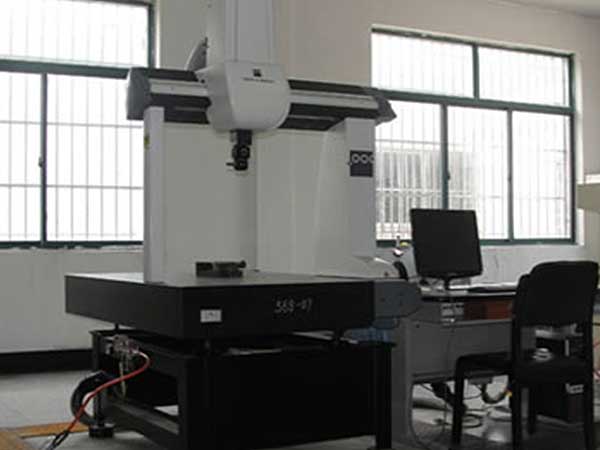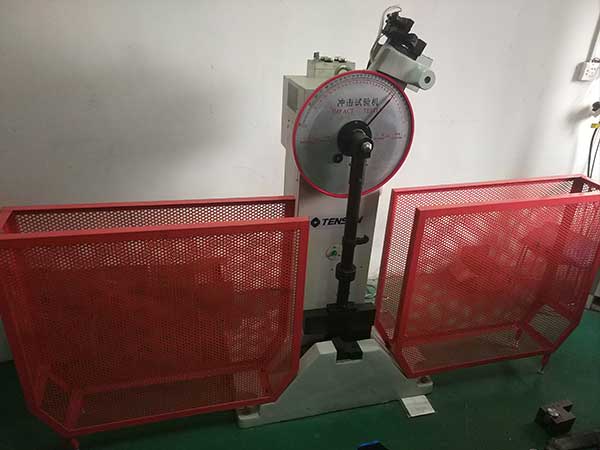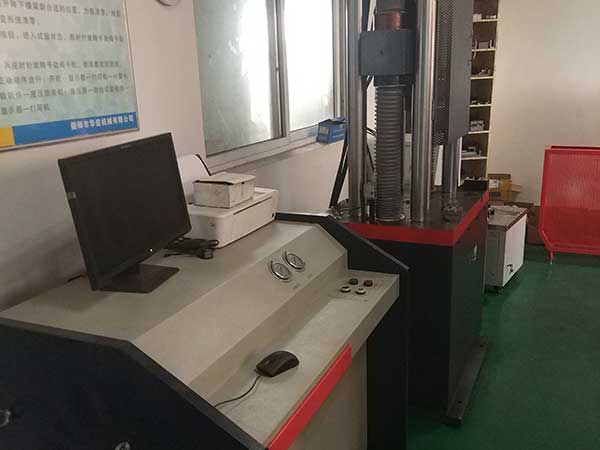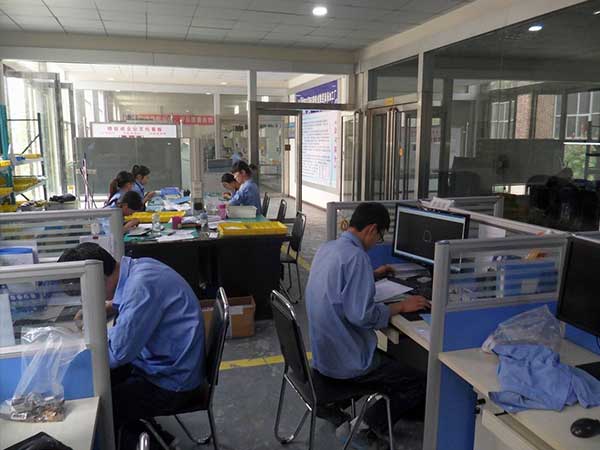A.Blank temperature detection and control
If there is a temperature detection system and a sorting device, temperature measurement and control are easier to implement and the reliability is higher. However, there is a point that the thermocouple should be regularly compared and calibrated and recorded. For super-tempering materials, it should be scrapped on duty, reheated for low-temperature materials, and can be heated for multiple times. For temperature-qualified but unforged billets, according to product requirements, it can be heated up to 2 to 3 times, for demanding forgings. The blanks need to be brought together and produced as a batch at the end of the forging, and recorded and identified. Forgings that are not demanding can be handled on the job at any time without separate identification and recording.
If there is no temperature detection system, apply the color chart to the temperature. It can also be judged by experience, but it must have some experience of electric stove workers and furnace workers.
B.Forging and control during forging
The billet has upsetting, lengthening, bending, hoeing, etc. If the tooling die is used with a limited position, the finished billet is stable in size and quality can be guaranteed. If the limit is not easy to achieve, a contrast should be placed next to the blank and compared at any time during the blanking operation. Because the blanking operation is very fast, the slow temperature will cause the temperature to drop quickly, the size measurement is difficult, the measurement operation needs to be fast and accurate, and it is difficult to realize, so the method of comparing objects is simple and easy.
C.Inspection and quality control of forging forming process
The main work of this process is to adjust the thickness, the mold alignment, the defects that are easy to appear, the size is too poor, the material is missing, the folding, the wrong mold, the bump, the missing or unmarked mark, the oxidized pit, the difficult to die, It is prone to bending or deformation.
D.Trimming process inspection and quality control
A convenient way to check whether the trimming size is qualified is to use the template. The main inspection contents of the trimming process are: burr, presence or absence of overcut, residual flash size, presence or absence of punch indentation, presence or absence of bumping, and whether there is punching deformation.
E.Detection and quality control of the shaping process
Shaping is to compensate for the deformations created during the forging process in order to achieve more precise dimensional requirements and better surface shape and roughness. The main points of the inspection process are: whether the entire size meets the expected requirements, whether there is an indentation, whether there is overcorrection, and whether there is interference to other sizes.





